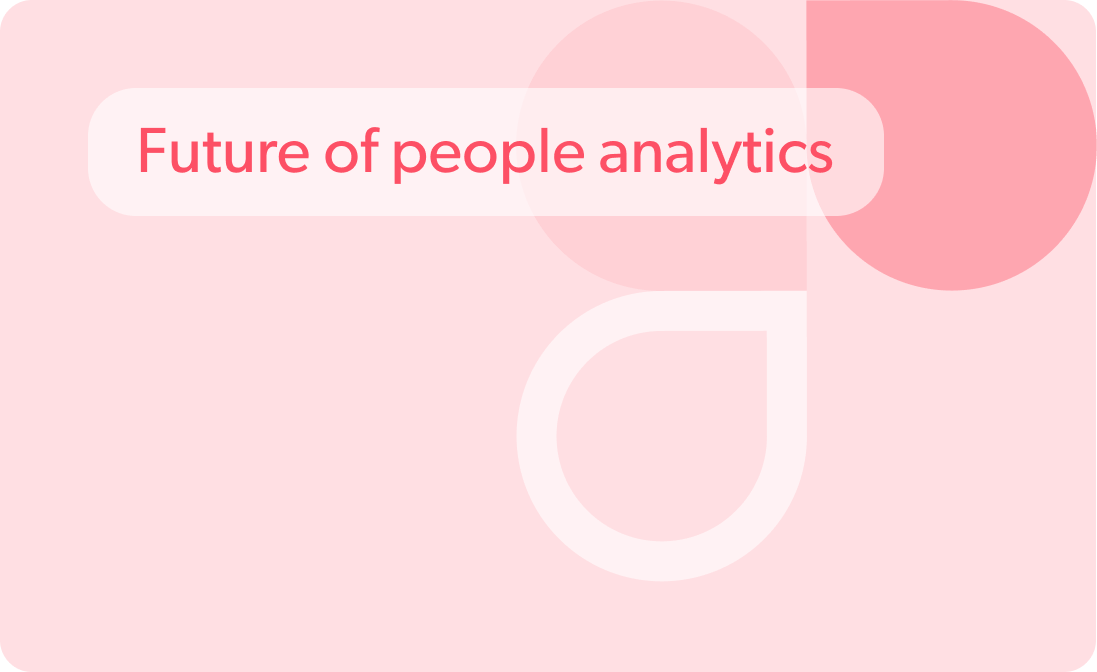The data-driven essentials for crafting outstanding job postings
The significance of mastering the art of crafting outstanding job postings to attract the right talents
Gone are the days of casually tossing generic descriptions into the vast expanse of the internet. Recent eye-opening statistics have emerged, shedding light on a truth that demands our attention: the success of attracting top talent hinges on the creation of outstanding job postings.
A survey by Indeed revealed a staggering fact – a remarkable 52% of job seekers admitted they would not consider applying for a position if the job posting itself was poorly written or unappealing. Yes, you read that correctly — more than half of potential candidates are swiping left on lackluster postings, rendering them invisible in the competitive talent pool.
While grammatical correctness in job postings is important, the findings have underscored the undeniable importance of the significance of data-driven job postings that incorporate factual information, articulate the required skills, and provide clear descriptions is even greater.
Let us embark on this endeavor knowing that the path to triumph lies in crafting informative, skill-focused, and unambiguous job postings.
Components for creating outstanding job postings with examples
When creating outstanding job postings, the most crucial component is gathering correct data to ensure the relevance of the posting. By incorporating accurate and up-to-date information about the position, company, and requirements, employers can attract top talent. Additionally, articulating the required skills concisely and engagingly and providing clear descriptions of job responsibilities and expectations further enhance the effectiveness of the posting.
HR leaders should gather and analyze various data types to create outstanding job postings that attract the right talents. Here are some key data points that HR leaders should consider:
Skills and competencies
HR leaders need a clear understanding of the skills and competencies required for a position to create effective job postings. This understanding serves several purposes, including attracting suitable candidates with the necessary qualifications, managing candidate expectations by clearly outlining job requirements, streamlining the screening process by quickly identifying qualified applicants, and aligning the job posting with organizational goals to ensure the desired skill set contributes to overall success. By leveraging this understanding, HR leaders can optimize their recruitment efforts and find the right fit for the position and the company.
Example: When hiring for a software engineer position, HR leaders with a clear understanding of the required skills and competencies can craft a job posting highlighting programming languages, software development methodologies, and experience with relevant technologies. By accurately communicating these requirements, HR leaders can attract candidates who possess the necessary qualifications, set expectations, and efficiently screen applicants. This ensures that the job posting attracts suitable candidates and supports the organization’s building of a strong software engineering team.
Current job market landscape (External data)
HR leaders can conduct thorough market research to understand the job market landscape comprehensively. Moreover, market research allows HR leaders to identify job seekers preferences and expectations. They can gather information on the channels and platforms most frequently used by job seekers, enabling them to strategically target their job postings and reach a larger pool of qualified candidates. Additionally, they can gain insights into the factors that attract and motivate candidates in the industry, such as opportunities for career growth, work-life balance, or specific benefits.
Example: Suppose an HR leader creates a job posting for a marketing manager position in a competitive industry. By conducting market research, the HR leader can gather valuable insights into the market trends and dynamics specific to marketing roles. They can analyze salary ranges for similar positions in the industry to ensure the job posting offers a competitive compensation package that attracts top talent. Understanding the in-demand skills and qualifications sought by employers in the market helps them tailor the job posting to highlight the specific skills and experiences required for the marketing manager role.
Competitor analysis (External data)
By conducting a thorough competitor analysis, the HR leader can gain valuable insights into how other companies in the industry position their job postings and what unique selling points they emphasize. By understanding the competition and tailoring their job postings, HR leaders can create compelling and unique job descriptions that generate curiosity in potential candidates. This differentiation can attract top talent seeking something distinctive in their job search. It also allows the organization to highlight its strengths and unique selling points, creating a competitive advantage in the talent market.
Example: If the analysis reveals that competitors are emphasizing the opportunity for career growth and development in their job postings, the HR leader can take note of this and ensure that their own job posting highlights similar opportunities within their organization. They can showcase specific training programs, mentorship opportunities, or advancement paths to attract ambitious and motivated candidates.
Internal data
By leveraging internal data, the HR leader gains insights into employee performance, succession plans, and talent development initiatives. This information helps identify potential candidates for advancement, highlight future leadership opportunities, and showcase the organization’s investment in professional growth and development, making the job posting more appealing to candidates seeking career progression and a supportive work environment.
Example: If the internal data reveals high-performing individuals in mid-level management positions who have consistently demonstrated exceptional leadership skills, the HR leader can highlight the potential for upward mobility and career advancement in the job posting. They can emphasize the organization’s commitment to internal talent development and showcase specific examples of employees who have successfully climbed the career ladder within the company.
Drive sustainable growth and secure your talent pipeline
Gain valuable insights into the current state and future trends of succession planning and key strategies to identify and develop your organization’s future leaders. Download the infographic for actionable intelligence.
Candidate feedback
By collecting candidate feedback, the HR leaders can identify areas where the job posting may have lacked clarity or failed to highlight the most appealing aspects of the role. Additionally, candidate feedback provides valuable insights into the overall recruitment process. HR leaders can learn about any pain points or challenges candidates encounter, such as a lengthy application process or unclear communication about the next steps. Armed with this feedback, the HR managers can improve the recruitment experience by streamlining processes, providing clearer instructions, and enhancing communication with candidates.
Example: When feedback reveals that the previous job posting did not communicate the growth opportunities within the customer service department, the HR leader can make adjustments to emphasize career progression and development in the updated posting.
How HRForecast can help with continuously refining job postings
At HRForecast, we believe that continuous refinement of job postings is crucial for attracting the right candidates. We analyze industry trends, talent marketplaces, and recruitment platforms to gather valuable external data. This information helps us understand the current job market dynamics, benchmark against competitors, and identify the key skills and qualifications in demand.
By utilizing our solutions, we can assist you in researching industry trends and benchmarks, ensuring that your job postings stay up-to-date and align with market expectations. We provide real-time insights from talent marketplaces and recruitment platforms, allowing you to make informed decisions about your job descriptions and requirements. Additionally, our solutions helps us gather data on the performance and effectiveness of your job postings. We assess applicant engagement, conversion rates, and time-to-hire metrics, providing actionable insights for continuous improvement. Based on this feedback, we can fine-tune your job postings to enhance their appeal, clarity, and relevance to attract the right talent.
Book a demo with us, and let’s dive deeper to discuss your organization’s specific needs and show you firsthand how our data-driven approach can optimize your recruitment strategies.
Stay up to date with our newsletter
Every month, we’ll send you a curated newsletter with our updates and the latest industry news.



























 info@hrforecast.de
info@hrforecast.de
 +49 89 215384810
+49 89 215384810






